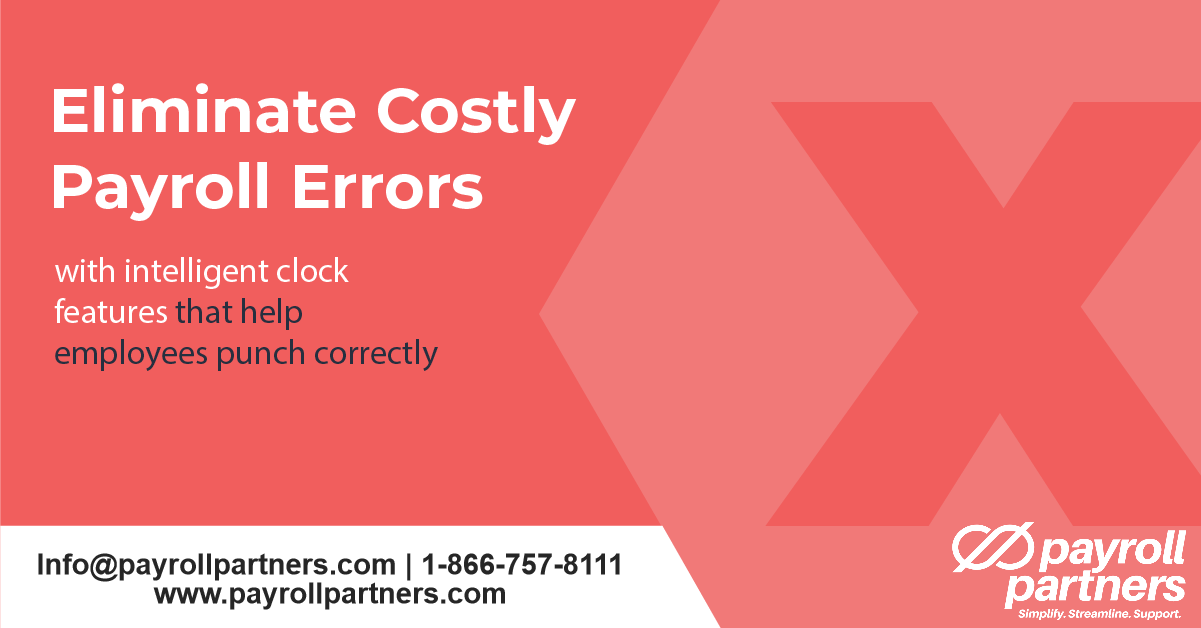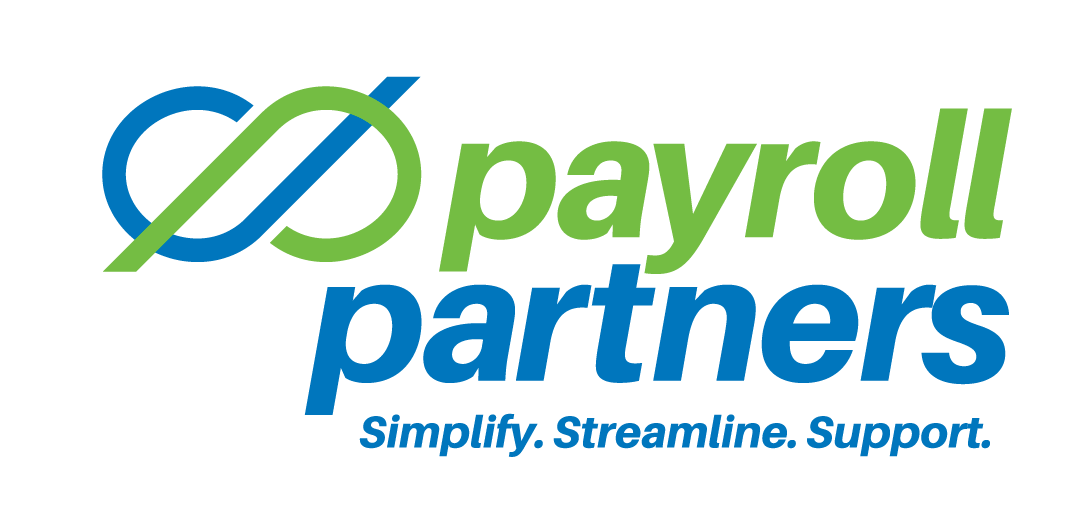
01 Nov Eliminate Costly Payroll Errors with Intelligent Clock Features that Help Employees Punch Correctly
Clocking errors drive up labor costs. For example, if an employee fails to punch out for an unpaid break, you may end up paying them for time spent eating meals. If an employee doesn’t enter a job code, you may bill a client too few hours. If your system doesn’t identify overtime, it puts your company at risk of an FLSA violation.
If Your Timekeeping System is Free, You’re Paying Too Much
Paper timecards and spreadsheets have a significant error rate. Employees forget to record shift start and end times. Managers have to decipher illegible writing. Timecard problems cause a frustrating chain reaction. When it isn’t caught and corrected, it triggers an inaccurate paycheck. When the employee tells the manager or HR team about the error, they have to issue another check. Administrators have to fix vacation and sick leave calculations.
The error could also affect overtime benefits. If a tipped employee doesn’t get paid accurately, it may put the employer afoul of minimum wage laws.
In all scenarios, timecard mistakes create frustration for employees, managers and administrators. Plus, they increase labor costs unnecessarily. The American Payroll Association estimates 10% of all payroll processing time is spent resolving errors.
The solution is an intelligent clock.
Simplify Punching So Employees Can Get to Work
With intelligent prompts, the clock interface will present only logical options depending on the employee’s clocking status. For example, suppose an employee is already clocked out for a break. When she returns from the break, the clock prompt will only present the END BREAK punch option.
Intelligent clocks also help enforce schedules. If an employee tries to punch in before their authorized shift, the system will lock them out and instruct them to wait until their shift starts. If an employee forgets to punch out, the system will alert them the next time they punch in. In addition, it will send the manager an alert as well.
Automation Elevates Project Management
Do you need to track multiple projects or clients? Do employees get paid a different rate for different jobs? You can do this the hard way or the easy way.
If your employees have to manually track hours by different categories, it gets confusing — and inaccurate.
Intelligent clock prompts allow employees to select projects or other details like piece counts, tips or mileage. The system automatically calculates the hours, making timecard approval and payroll processing so much easier!
Case Study: Electrical Contractor Stopped Losing Billable Time
The owner of a Salt Lake City, Utah-based electrical contracting firm was dealing with multiple workforce challenges. The company is a lean organization, and the owner had limited time for HR and administrative overhead. As a service provider, every hour of work must be tied to a job, or it is not billable. With manual processes, it was difficult to do it routinely and accurately.
The owner decided to try a cloud-based time and labor solution.
The software allows employees to clock-in from the device of their choice – mobile app, web portal or physical clock. Regardless of method, the system prompts employees for job codes when they punch in for a shift. The system also reminds them to take breaks and alerts employees and the owner when there is a missed punch. Plus it flags a punch when an employee clocks in/out from an unapproved location, using geofences as the guide.
The combination of job codes, punch alerts, and geofencing maintains a real-time record for timecard approval, payroll, job costing and compliance. It also helps the owner identify ways to maximize the time his employees are on job sites versus in transit between them.
Interested in automated time and labor to help you save money? Call us today.
To learn exactly how much you can save with automated time and labor, try our Time and Attendance ROI Calculator.
This information is provided with the understanding that Payroll Partners is not rendering legal, human resources, or other professional advice or service. Professional advice on specific issues should be sought from a lawyer, HR consultant or other professional.


